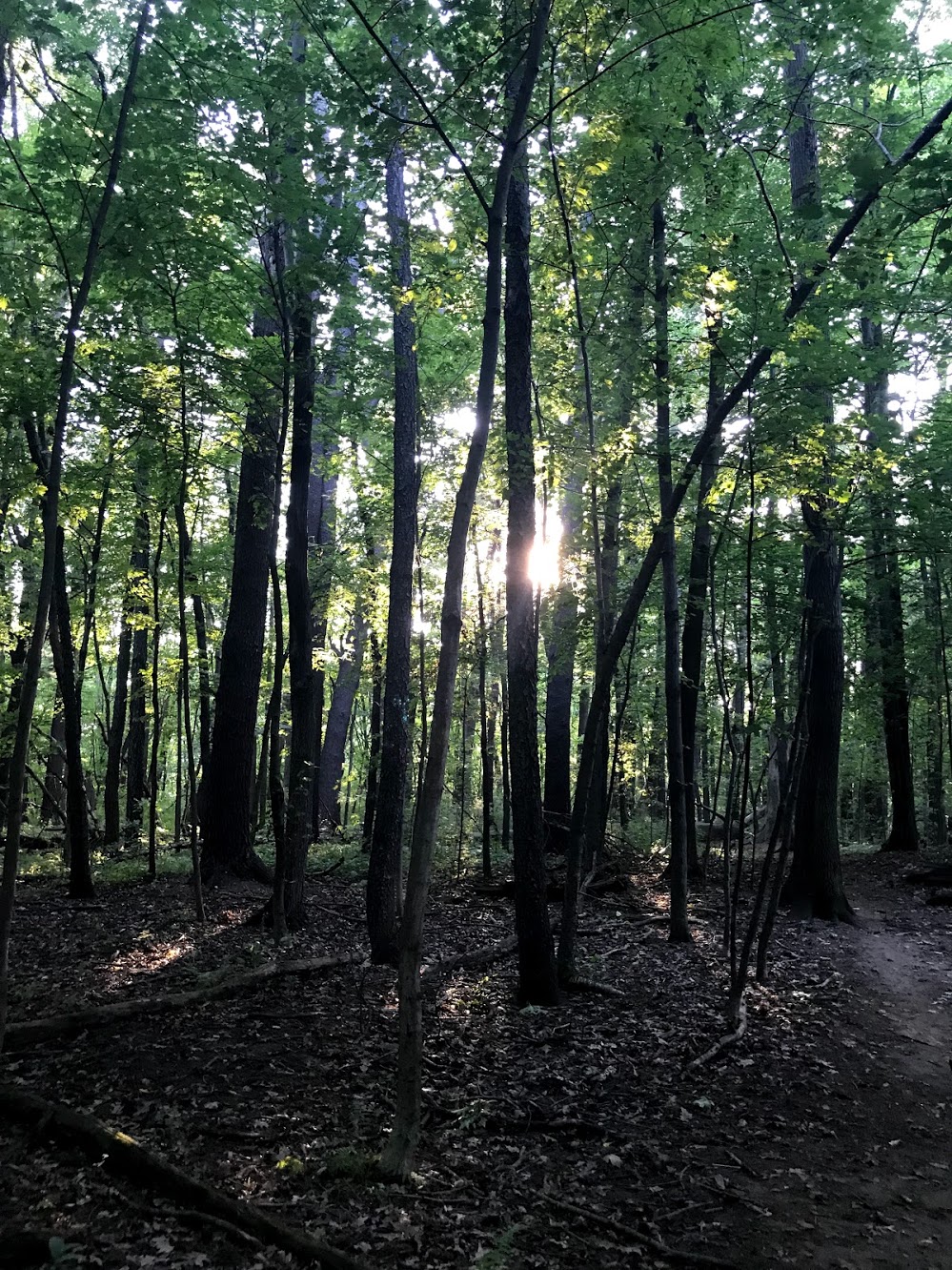Myths about Current Use – Part 1
In this third article about Current Use, we begin to explore some of the myths about the program. As in most cases, there are too many myths to cover here so stay tuned for more myths in the months to come. Use Value Appraisal or Current Use can apply to either agricultural land or forest land. For our purposes, we will focus on forest land. As always, we endeavor to provide information that is as clear as possible; however, as with many subjects, the answers are not always cut and dried. For more details and clarification, interested readers should check the links at the end of this article.
Myth #1: “The Current Use program requires I have trees cut every year” or “The Current Use program means I have to clear cut.”
Fact: Current Use enables forest landowners who practice long-term management to have land appraised for its “use value” rather than at fair market value. All land enrolled in this tax program must be managed productively: all woodlands enrolled in Current Use must have a management plan that includes managing for and harvesting timber. This does not mean timber must be harvested every year but that timber will be harvested when appropriate for forest conditions. This also does not mean all timber must be completely clear cut but that timber will be harvested according to the management plan.
Myth #2: Loggers = Foresters
Fact: While you will need both a logger and a forester to help manage your woodland, they are not one in the same. Foresters provide forest management and forest stewardship information, technical assistance, and outreach to landowners. You will want to find a forester who understands your goals for your woodland and can help you achieve them because you will work closely with your forester to develop and follow the management plan for your woodland. Foresters are licensed professionals who must adhere to strict professional standards. VWA maintains membership for Licensed Consulting Foresters whose focus is working for forest landowners and who share a commitment to VWA and sustainable forestry principles.
Once you and your forester have developed your management plan, it’s time to call in a logger, who can help carry out certain activities in that plan, specifically managing the safe harvest and transport of trees from your woodland. Often your forester can help you find a skilled and reputable logger. VWA works closely with VT LEAP (Logger Education to Advance Professionalism), a not-for-profit educational organization that strives to promote professionalism through education and instill a stewardship ethic among loggers.
Myth #3: Landowners in Current Use agree not to develop their land.
Fact: The purpose of Current Use is not to block all development but to ensure that Vermont’s productive woodland is maintained and conserved to prevent more intensive use of this land by the pressure of property taxation. Forest landowners in Current Use agree to primarily manage their land for forest products, but land in the program may be developed if the forest landowner pays a land use change tax. If forest landowners do not follow their approved management plan, then they may be removed from the program.
Myth #4: Current Use was designed to prevent development.
Fact: Current Use is instrumental in alleviating tax pressures that would lead to subdivision and/or development. The Current Use statute had other purposes, including:
- Encouraging and assisting in the maintenance of productive forestland,
- Encouraging and assisting in conservation and preservation for future productive use and for protection of natural ecological systems,
- Encouraging and assisting in the preservation and enhancement of Vermont’s scenic natural resources, and
- Preventing the accelerated conversion of these lands to more intensive use by the pressure of property taxation at values incompatible with the productive capacity of the land,
- Achieving more equitable taxation for undeveloped lands,
- Enabling the citizens of Vermont to plan its orderly growth in the face of increasing development pressures.
Myth #5: The Current Use program benefits only those who are enrolled in it.
Fact: Current Use allows forest landowners to maintain the state’s working landscape for production. The working landscape provides clean air and water, flood mitigation, timber for forest products and firewood, wildlife habitat, carbon sequestration, many outdoor recreational opportunities, and unspoiled panoramic views that draw tourists. Every tree on the state’s working landscape is owned and cared for by someone. By managing forests, Vermont’s forest landowners ensure these benefits, and more, will be available to every Vermonter and visitor for the long term. The Vermont State Legislature, who had the vision to create the Use Value Appraisal Program, and enrolled Current Use landowners have helped to minimize fragmentation of forests and farmlands, prevent sprawl, preserve Vermont’s pristine environment and working landscape, and contribute financially to many sectors of Vermont’s economy.
Missed the last article in the series? Click here to read some basic facts about Current Use for interested owners of forestland. Or click here to read what it takes to enroll in the program.
Stay tuned for the next installment in this series, where we will focus on what existing participants in Current Use should be focusing on. In the meantime, check these links for more information:
https://www.vermontwoodlands.org/guide-to-current-use/
https://www.vermontwoodlands.org/wp-content/uploads/2020/06/ConsultingForestersDirectory_2020VWA.pdf
https://vnrc.org/community-planning-toolbox/tools/current-use-taxation/



